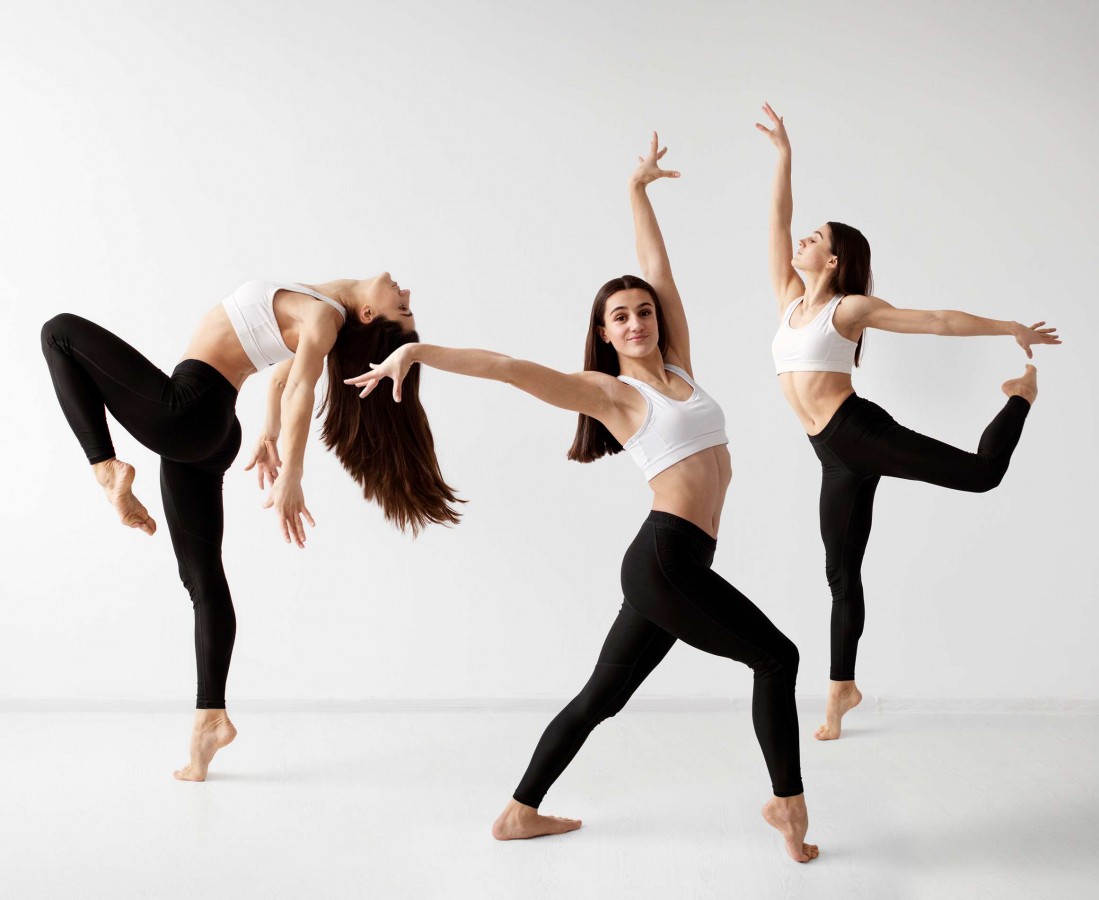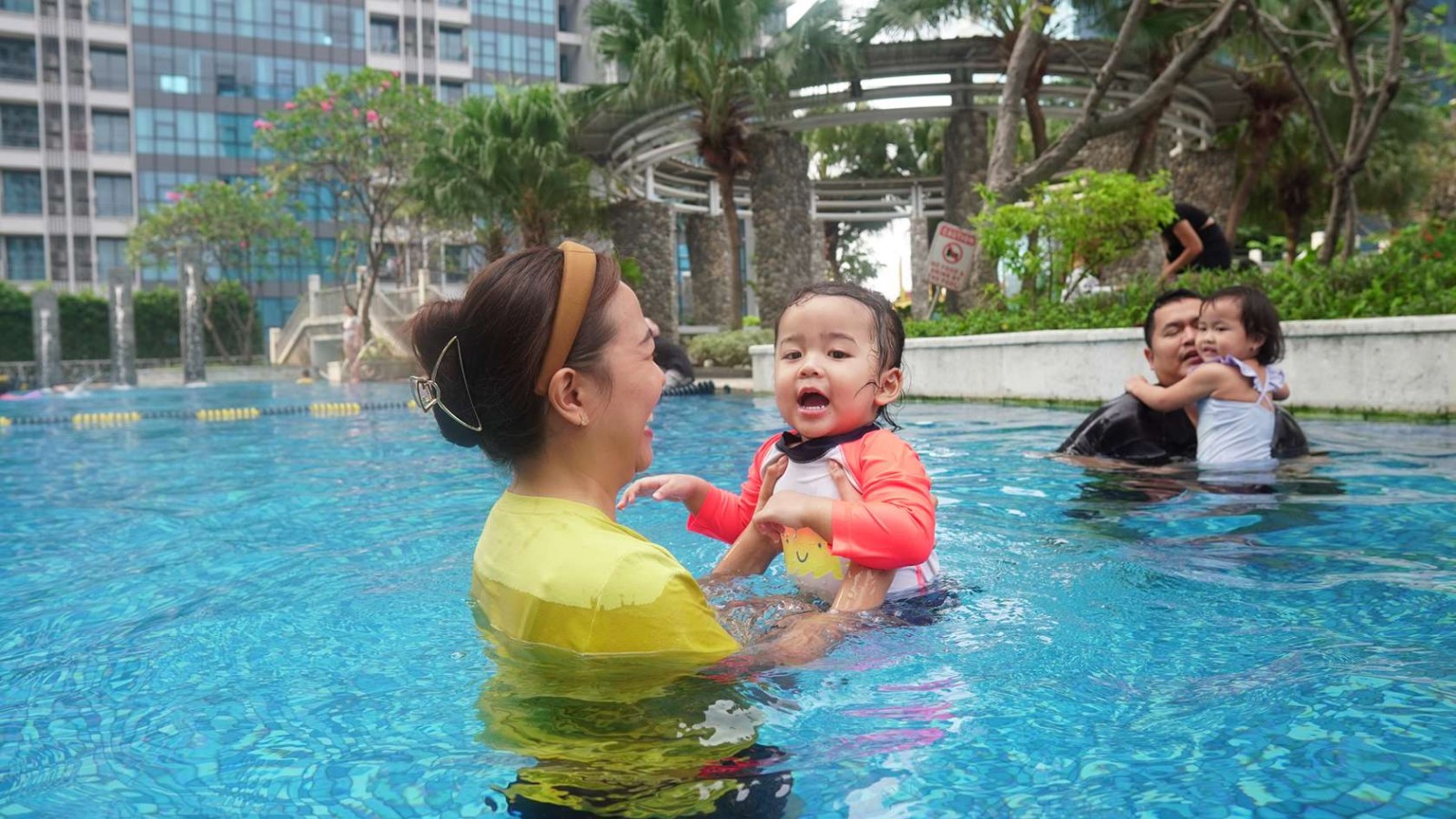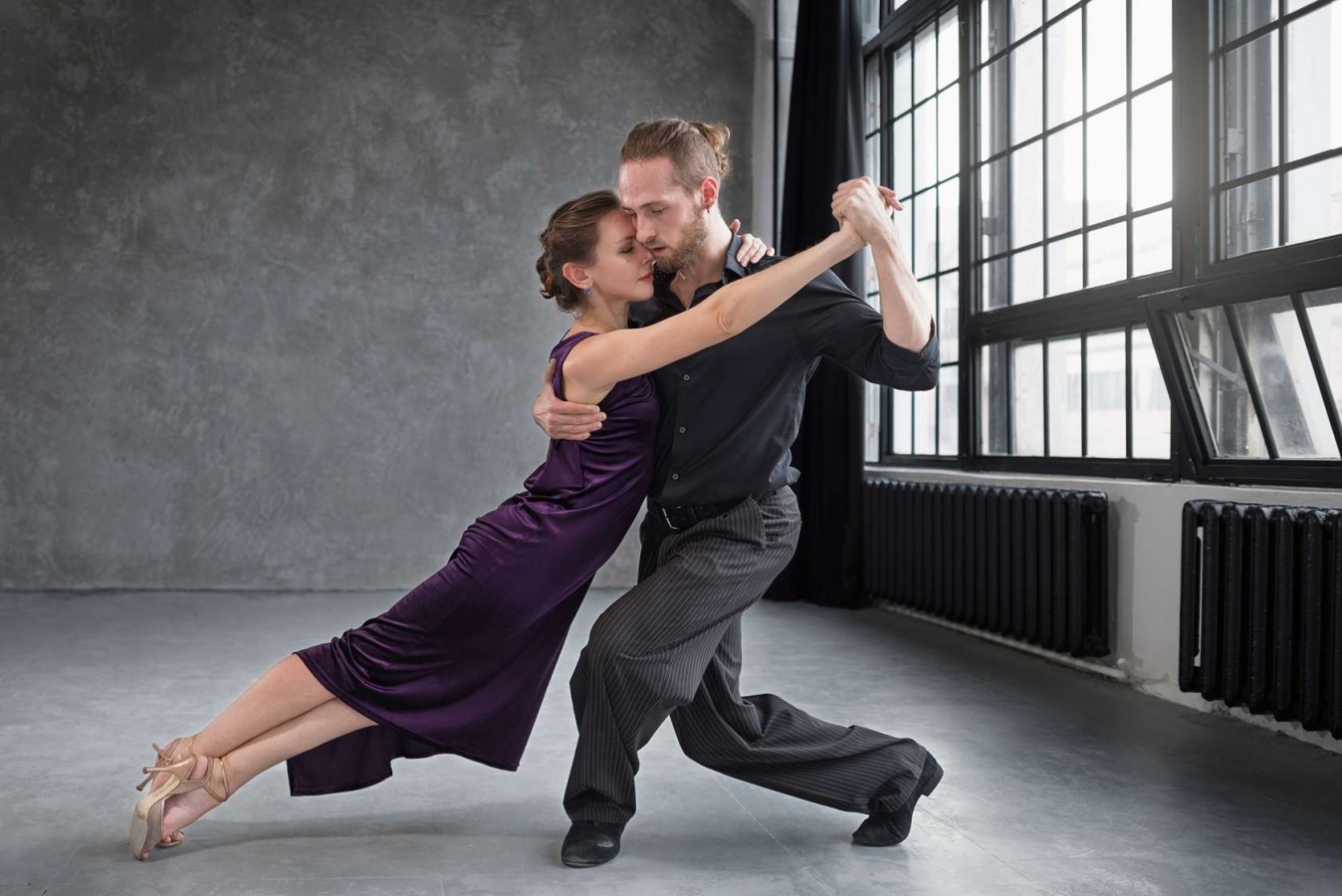10 Popular Types of Dance You Might Want to Explore

Dance is a universal language that transcends cultural boundaries, expressing emotions, stories, and creativity through movement. Whether you're a seasoned dancer or a curious beginner, exploring different types of dance can be a thrilling journey.
The world of dance is incredibly diverse, offering a rich tapestry of styles that cater to various tastes and preferences. In this article, we'll delve into 10 popular types of dance that you might want to explore.
Dance Types
Dance is a boundless universe of art movement and expression. Across cultures and continents, various dance types have evolved, each telling a unique story and captivating audiences with its distinct style. Here are some captivating dance forms that showcase the rich tapestry of human movement:
1. Ballet
Ballet is a classical dance form characterized by precise and graceful movements, emphasizing strength, flexibility, and storytelling through choreography.
Originating in the Italian Renaissance courts of the 15th century, ballet evolved into its current form in France during the 17th century. It gained global prominence through the works of choreographers like Marius Petipa and continues to be a foundational dance style.
Ballet technique involves strict body alignment, turnout of the legs, and specific positions of the arms. Movements are often executed on tiptoe (en pointe) for female dancers, showcasing the artistry and athleticism of the dancers.
In this modern age, the world of ballet has opened its arms to even the youngest enthusiasts, offering ballet classes tailored specifically for children. If you're seeking an avenue to introduce your child to this elegant art form, Rockstar Academy provides an enticing proposition.
2. Ballroom
Ballroom dance is a partner dance genre that includes waltz, foxtrot, tango, and cha-cha, characterized by elegant and coordinated movements between dance partners.
Originating in European royal courts, ballroom dance evolved in the 19th and 20th centuries into a popular social and competitive dance style. It gained further exposure through ballroom dance competitions and popular culture.
Ballroom dance technique emphasizes proper posture, frame, and communication between partners. Each dance style within the genre has its unique steps and rhythm, requiring skillful coordination and synchronization.
3. Contemporary
Contemporary dance is a modern and expressive dance form that incorporates elements from various styles, allowing for creative exploration and individual interpretation.
Emerging in the mid-20th century as a rebellion against the rigidity of classical ballet, contemporary dance gained popularity through influential choreographers like Martha Graham and Merce Cunningham.
Contemporary dance technique focuses on fluidity, improvisation, and the use of gravity. Dancers often perform barefoot, allowing for a greater range of movement and self-expression.
4. Hip Hop
Hip-hop dance is a dynamic and energetic street dance style that includes breaking, popping, locking, and other urban dance forms, often accompanied by hip-hop music.
Originating in the Bronx, New York City, in the 1970s, hip-hop dance grew from the social and cultural movements of African American and Latino communities. It has since become a global phenomenon.
Hip-hop dance technique emphasizes isolation, rhythmic precision, and individual expression. Freestyle and improvisation play significant roles, allowing dancers to showcase their unique style.
5. Broadway Jazz
Broadway Jazz is a theatrical dance style that combines elements of traditional jazz dance with influences from musical theater, creating a dynamic and expressive performance.
Broadway Jazz emerged in the early 20th century alongside the growth of musical theater in New York City. It gained popularity through iconic choreographers like Bob Fosse and has become a staple in Broadway productions.
Broadway Jazz technique involves sharp and stylized movements, often characterized by isolations, syncopation, and a strong connection to the music. It incorporates storytelling elements to enhance the narrative of musical theater productions.
6. Tap Dance
Tap dance is a percussive dance form that focuses on creating rhythm and sound through the use of tap shoes. Dancers produce intricate patterns by striking the floor with their heels and toes, creating a unique auditory experience.
Originating in the United States during the 19th century, tap dance has roots in African and Irish dance traditions. It evolved through a fusion of various cultural influences, including the rhythmic contributions of enslaved Africans and the percussive footwork of Irish step dance.
Tap dancers use metal plates attached to the heel and toe of their shoes to produce distinct sounds. The technique involves intricate footwork, syncopated rhythms, and improvisation. Different styles of tap, such as rhythm tap and Broadway tap, showcase variations in complexity and musicality.
7. Folk Dance
Folk dance encompasses a wide range of traditional dances that reflect the cultural heritage of a specific community or region. These dances often celebrate social events, rituals, or historical narratives, and they showcase a sense of community and shared identity.
The roots of folk dance can be traced back centuries, evolving organically within communities as a form of social expression. Over time, folk dances have been passed down through generations, preserving cultural traditions and providing a link to the past.
Folk dance techniques vary widely, incorporating elements of storytelling, symbolism, and communal participation. Movements are often influenced by local customs, reflecting the unique characteristics of each cultural group.
8. Irish Dance
Irish dance is a traditional dance form characterized by rapid leg and foot movements, often performed in elaborate costumes. Notable features include the straight upper body and intricate footwork executed with precision.
Irish dance has ancient roots, with evidence suggesting its existence in pre-Christian Ireland. In the 20th century, it gained international recognition through performances like Riverdance. The history is intertwined with cultural, social, and religious influences.
Irish dance technique emphasizes a stiff upper body and rapid leg and foot movements, with dancers performing intricate steps, jumps, and turns. Styles include soft shoe (gillies) and hard shoe (jig shoes), each contributing to the overall dynamic of the dance.
9. Modern Dance
Modern dance is an expressive dance form that emerged in the early 20th century as a reaction against the rigid structure of classical ballet. It focuses on freedom of movement, emotional expression, and the exploration of new forms of choreography.
Pioneered by dancers like Isadora Duncan and Martha Graham, modern dance sought to break away from the formalism of ballet. It became a platform for choreographers to experiment with new movements, music, and themes, evolving with the changing cultural landscape.
Modern dance technique emphasizes a more natural and grounded movement style compared to ballet. It incorporates elements such as contraction and release, spirals, and off-center movements. Dancers often use the full range of the body to convey emotion and meaning.
10. Swing Dance
Swing dance is a group of partner dances that originated in the 1920s and 1930s, with styles like Lindy Hop and Charleston. Known for its energetic and upbeat nature, swing dance is often associated with big band and jazz music.
Swing dance evolved in the United States as a social dance during the swing era. It gained popularity in ballrooms and clubs, becoming a cultural phenomenon. Swing dance is a fusion of various dance forms, including jazz and tap, and has continued to influence contemporary dance styles.
Swing dance technique involves a dynamic connection between partners, rhythmic footwork, and playful improvisation. Dancers utilize a variety of moves, spins, and lifts, with an emphasis on maintaining a relaxed yet energetic style. The dance promotes a sense of joy, freedom, and connection between partners.
Which Type of Dance You Love The Most?
Exploring different types of dance not only provides a physical outlet but also opens doors to diverse cultures and artistic expressions. So, put on your dancing shoes and embark on a journey of self-expression and creativity through the captivating world of dance.
If your children harbor a fervor for dancing, it's pivotal as parents to wholeheartedly support their passion. A pivotal way to bolster their enthusiasm is by enrolling them in a dance program, and in the realm of certified dance programs, Rockstar Academy stands as an exemplary choice.
The academy offers an array of dance classes encompassing Hip Hop, Break Dance, Belly Dance, Traditional Dance, K-Pop, Contemporary Dance, Ballet and an array of other styles, designed to ignite inspiration and provide challenges for all our students.
Within these classes, students not only learn various dance techniques but also cultivate self-expression, honing their abilities to shine on stage. Rockstar Academy becomes not just a place of learning but a platform for young dancers to thrive and express themselves confidently.
Their dance and ballet programs boast a meticulously structured curriculum, augmented by the inclusion of RAD Ballet Testing, RockOlympics participation, and Ballet & Contemporary Dance Recitals.
These facets not only nurture skill but also foster a spirit of healthy competition, propelling students to surpass their perceived limitations. The academy's comprehensive approach aims not just to teach ballet but to instill discipline, grace, and a love for the art form, ensuring that each participant thrives both in technique and performance, preparing them for a beautiful journey in the world of ballet.
As a distinguished Sports & Performing Arts Academy, we believe in empowering individuals through the art of dance, and we're inviting you to experience it firsthand with our complimentary dance class trial. Don't miss this chance to step into the spotlight, enroll in our dance program and let the dance begin!
FAQ
1. Which type of dance is most popular?
The popularity of dance styles varies, but currently, hip-hop and contemporary dance enjoy widespread popularity globally.
2. What dance genre is Kpop?
Kpop often incorporates a variety of dance genres, but it commonly features elements of hip-hop, urban, and contemporary dance styles in its choreography.



